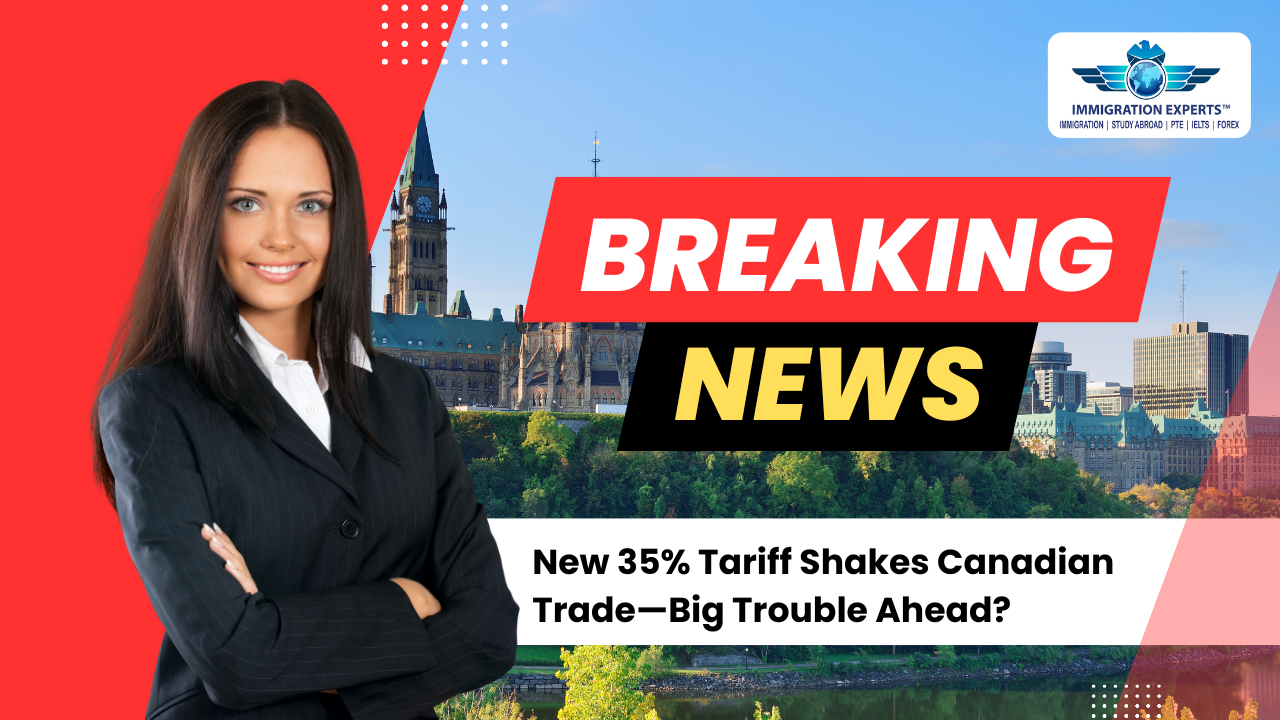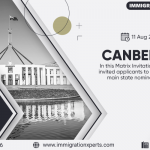
New Tariffs on Canadian Exports Begin: How Big Will the Impact Be?
The U.S. has imposed a 35% tariff on certain Canadian exports. President Donald Trump signed the executive order, and the policy took effect at 12:01 a.m. today. This move raises the rate from 25% and applies to goods that don't meet CUSMA trade agreement rules.
Although the news caused alarm across Canadian industries, experts suggest the actual damage may be limited. That’s because around 95% of Canadian exports already qualify for tariff-free access under the Canada-U.S.-Mexico Agreement (CUSMA).
Only a Few Products Will Be Affected
Despite the broad announcement, only a limited range of products face the 35% duty. These goods often fail to qualify for CUSMA due to insufficient North American content or documentation.
Eric Miller, head of the Rideau Potomac Strategy Group, said CUSMA still protects most cross-border trade. “Keeping that exemption intact is crucial,” he added.
Certifying products isn't simple. Each must meet strict rules of origin. This includes proving that at least 60% of a product’s components come from North America. Items like beef or lumber often qualify easily. But electronics or machinery, which rely on complex supply chains, face a harder path.
Certification Challenges for Small Businesses
Daniel Kiselbach, a trade lawyer with Miller Thomson LLP, explained that many smaller exporters never certified their goods due to the process’s complexity. Now, with the 35% tariff in place, those firms may need to act fast.
“Some companies feel caught off guard,” said Kiselbach. “The system is so complex it’s almost like cracking a code.
Small Businesses Take the Hit
The brunt of the new tariffs is expected to fall on small and mid-sized businesses that rely on international supply chains. For these companies, replacing foreign-sourced inputs with North American alternatives isn’t always feasible or affordable.
“If a firm has been using Chinese components for a decade, switching suppliers overnight isn’t practical,” said Miller. “They’re now looking at a tariff increase that could wipe out their profit margins.”
Kiselbach echoed those concerns, warning that the 35% rate could exceed the total profit earned per unit for some firms, effectively forcing them to operate at a loss or suspend trade with the U.S.
Tracking the trade war between the U.S and Canada
⬤Imposed ⬤ PausedSector-Specific Tariffs Still in Effect
In addition to the blanket 35% rate, several industry-specific tariffs remain active. These include:- 50% tariff on steel and aluminum products
- 25% tariff on vehicles and auto parts
- New 50% tariff on select copper goods, including pipes and wires, though raw copper inputs are exempt
These rates, some of which pre-date the latest hike, continue to exert pressure on Canada’s manufacturing and industrial sectors.
Alan Arcand, chief economist at Canadian Manufacturers and Exporters, said these elevated tariffs pose a long-term risk to the viability of key sectors. “These aren’t just minor adjustments—they’re punitive rates that challenge the competitiveness of entire industries,” Arcand noted.
What’s Next?
With trade tensions rising, businesses are scrambling to reassess their supply chains and certification statuses. Legal experts anticipate a spike in demand for compliance services as exporters race to qualify for CUSMA exemptions and avoid steep tariff penalties.
Meanwhile, the Canadian government has expressed “deep disappointment” at the U.S. decision, suggesting that retaliatory measures may be on the table.
As the situation evolves, one thing remains clear: While only a narrow segment of goods faces the full 35% tariff, for the businesses affected, the financial burden could be enormous—and the path forward uncertain.
Source: CBC News — Read more on cbc.ca





